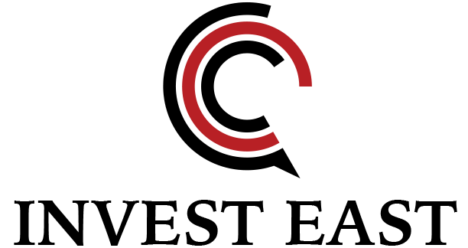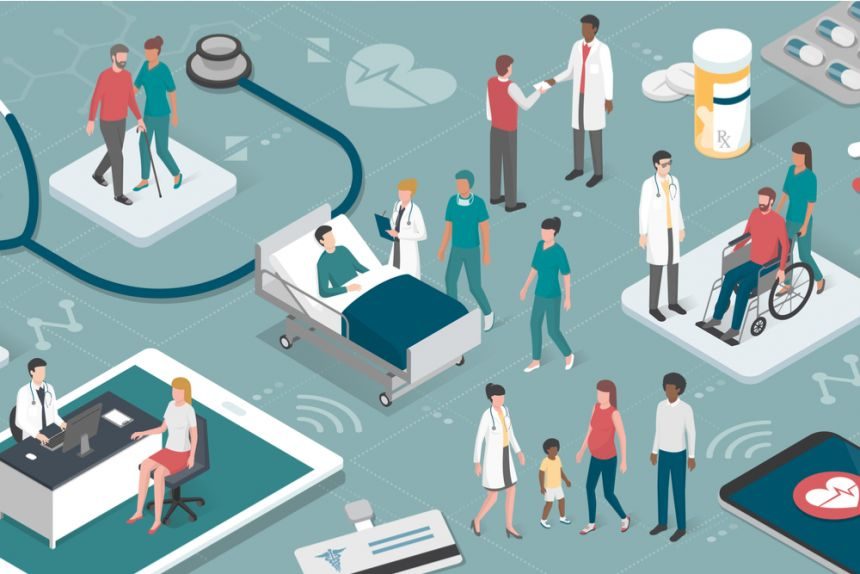The Asia-Pacific region is all set to drive large-scale transformations to the health systems of most countries because of the overall socioeconomic, demographic and epidemiological changes taking place in the expanse.
The fiscal gap that is budding due to the growth in already overpopulated countries specifically is supported by a demographic ‘window of opportunity’ because of an increase in the working age demographic among the total masses. This is expected to take it to universal health coverage (UHC).
Nonetheless, achieving UHC is nothing less of a challenge as there are high levels of informal employment and an immensely high proportion of people living in poverty. These two factors contribute to the limitations in the amount of funding that can be raised from the masses.
The projections predict that the external development aid for health that has grown significantly over the last decade will likely remain flat for the next couple of years. It is the gaps between donor commitments and disbursements that make it difficult for other donors and the countries to plan accurately.
Prominent inequalities also exist between the countries that are receiving aid but have not shown any significant changes either in their macroeconomic variables (per capita income) or have seen any viable reduction in the public health standards (whole disease saddle). Additionally, the changing burden of diseases is not reflected by the allotment of aid due to large allocations to communicable diseases over the last decade.
With the rise in per capita income, most nations in the region will not anymore be eligible for funding from major health donors, the likes of Global Fund, which target the poorest in the middle-income countries.
While the non-traditional donors are of rising importance today, there is only limited information available on the scale and use of their support for healthcare finance. In the situation that is developing, what should the donors do?
Suggestions include:
- As more countries today are becoming capable of financing their own health services, donors should be more focused on increasing technical support rather than financial aid. They should contribute to increasing the ability of these countries to face the challenges and changes, develop sustainable healthcare finances and financing options, and improve equity
- Intensifying support for local lesson education could be helpful to make certain that this knowledge is shared.
- Aid allocation should be considered by partners and donors to see how they are targeting poor countries as opposed to poor people.
- The shifting group of donors in the area needs to expand effectual partnership and coordination systems. At the regional level, a little synchronization and recognition of relative advantages can take place, while communication at the country and province-level setups will be vital to increase the impact to a maximum.
Primary: Finance
Secondary: Healthcare
News Sources
https://www.aidsdatahub.org/sites/default/files/publication/Health_Financing_AsiaPacific_2013.pdf


